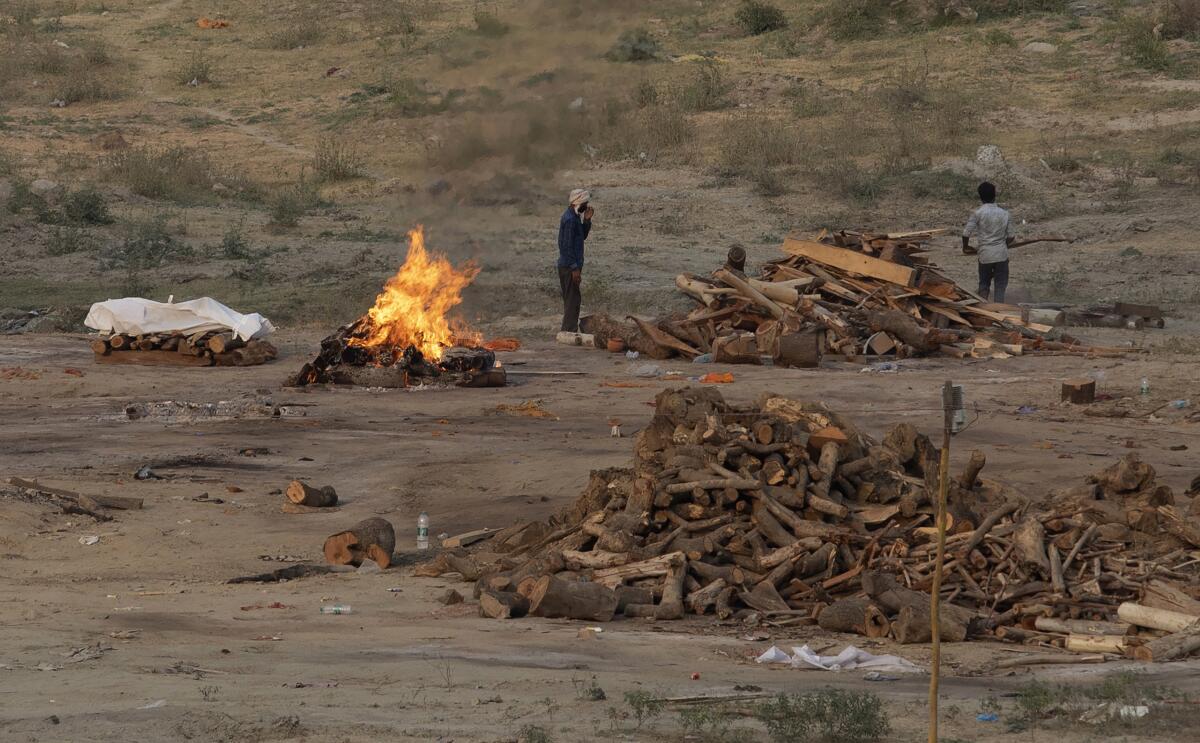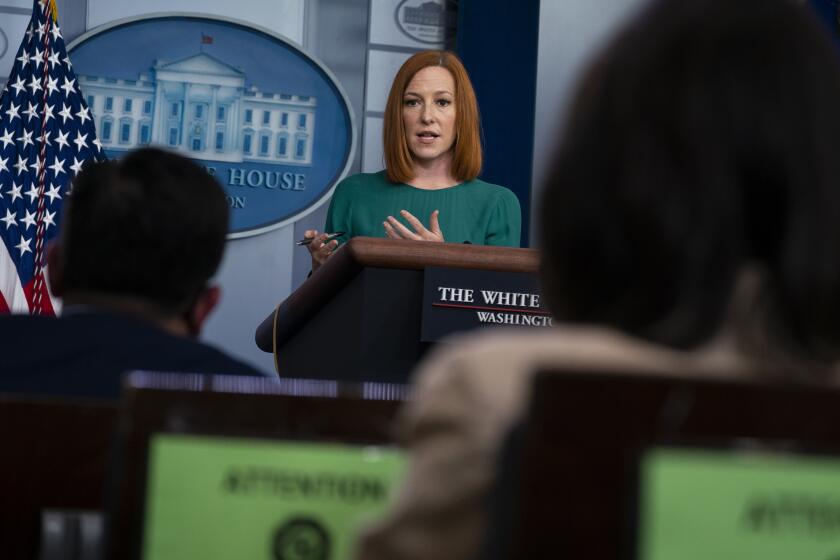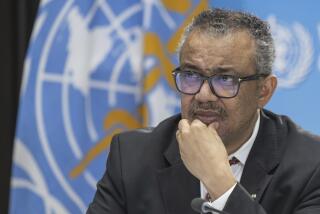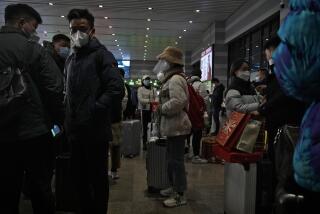India’s official COVID-19 numbers are shocking. The true count is likely far worse

Even after more than a year of devastating coronavirus surges around the world, the intensity and scale of India’s current crisis stands out, with pleas for help from overwhelmed hospitals and images of body bags and funeral pyres.
On Monday, 24 COVID-19 patients died at a government-run hospital in the state of Karnataka amid reports of an oxygen shortage. It was unclear how many died from a lack of oxygen, but the chief minister ordered a probe into the incident.
India has had 19.9 million confirmed coronavirus cases since the start of the pandemic, behind only the U.S., which has counted more than 32.4 million. More than 218,000 people in India have died, according to the Indian health ministry.
Even then, experts say the official tally of confirmed cases and deaths in the world’s second-most-populous country is likely a massive undercount, with one estimate of infections at 10 times the official figure.
Why are the figures considered inaccurate? Are the data any less accurate than what other nations report? And which numbers give a good indication of the crisis?
Is India counting every case?
India is not counting every coronavirus case, but no nation can. Around the world, official tallies generally report only confirmed cases, not actual infections. Cases are missed because testing is so haphazard and because some people infected by the coronavirus experience mild or even no symptoms.
The more limited the testing, the more cases are missed. The World Health Organization says countries should be doing 10 to 30 tests per confirmed case.
India is doing about five tests for every confirmed case, according to Our World in Data, an online research site. The U.S. is doing 17 tests per confirmed case. Finland is doing 57 tests per confirmed case.
“There are still lots of people who are not getting tested,” said Dr. Prabhat Jha of the University of Toronto. “Entire houses are infected. If one person gets tested in the house and reports they’re positive and everyone else in the house starts having symptoms, it’s obvious they have COVID, so why get tested?”
Jha estimates, based on modeling from a previous surge in India, that the true infection numbers could be 10 times higher than the official reports, which would mean nearly 200 million cases out of a population of about 1.3 billion.
What about deaths?
Deaths are a better indicator of the shape of the pandemic curve, Jha said, but there are problems with the data here, too.
“The biggest gap is what’s going on in rural India,” Jha said. In the countryside, people often die at home without medical attention, and these deaths are vastly underreported. Families bury or cremate their loved ones themselves without any official record. About 70% of the nation’s deaths from all causes occur in rural India in any given year.
The U.S. will restrict travel from India starting Tuesday because of the devastating rise in COVID-19 cases and potentially dangerous variants there.
Counting rural deaths can be done, as Jha’s work with the Million Death Study has shown. That pre-pandemic project used in-person surveys to count deaths in rural India, capturing details of symptoms and circumstances, with the results of the “verbal autopsies” reviewed and recorded by doctors.
Many low- and middle-income countries have similar undercounts of death data, Jha said, but India could do better.
“It’s a country that’s got a space program. Just counting the dead is a basic function,” he said. “India should be doing much, much better.”
Does it matter?
Knowing the size and scope of the outbreak and how it is changing helps governments and health officials plan their responses.
Even with the known problems with the data, the trajectory of coronavirus cases and COVID-19 deaths in India is an alarming reminder of how the coronavirus can rocket through a largely unvaccinated population when precautions are lifted.
“What happens in India matters to the entire world,” Dr. Amita Gupta, chair of the Johns Hopkins India Institute, said in a Facebook conversation Thursday. “We care from a humanitarian perspective, a public health perspective and a health-security perspective.”
More to Read
Sign up for Essential California
The most important California stories and recommendations in your inbox every morning.
You may occasionally receive promotional content from the Los Angeles Times.












